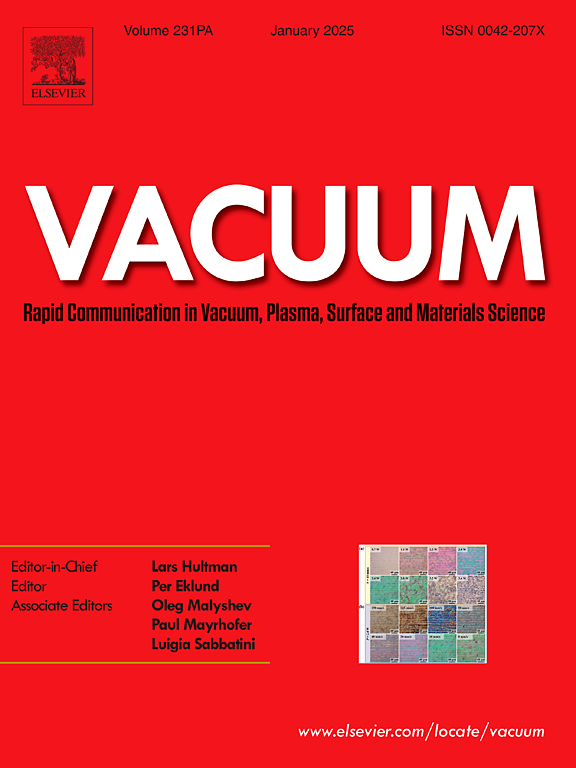Non-enzymatic photoelectrochemical sensors based on rGO/TiO2/Cu-MOFs nanostructures for simultaneous detection of glucose and lactic acid
IF 3.8
2区 材料科学
Q2 MATERIALS SCIENCE, MULTIDISCIPLINARY
引用次数: 0
Abstract
This study reports the preparation of a high-performance rGO/TiO2/Cu-MOFs sensitive electrode through a two-step hydrothermal method. This electrode exhibits low detection limits, high sensitivity, and a straightforward fabrication process. The nanomaterials are uniformly grown on a 1 × 1 cm2 nickel foam substrate, with rGO first coated and then followed by the growth of rod-shaped TiO2 and Cu-MOFs metal particles, forming a three-dimensional spatial structure. The micromorphology, chemical composition, and state of the electrode were characterized using TEM, SEM, and other techniques. Its electrochemical performance was tested using an electrochemical workstation. Experimental results indicate that the copper ions in this electrode, due to their different valence states, can achieve highly sensitive detection of glucose and lactic acid, with sensitivities reaching as high as 1195.13 μA mM⁻1 cm⁻2 and 1157.77 μA mM⁻1 cm⁻2, respectively. Additionally, it possesses excellent anti-interference ability, stability, and reproducibility, making it a promising dual-function photoelectrochemical sensor.
求助全文
约1分钟内获得全文
求助全文
来源期刊

Vacuum
工程技术-材料科学:综合
CiteScore
6.80
自引率
17.50%
发文量
0
审稿时长
34 days
期刊介绍:
Vacuum is an international rapid publications journal with a focus on short communication. All papers are peer-reviewed, with the review process for short communication geared towards very fast turnaround times. The journal also published full research papers, thematic issues and selected papers from leading conferences.
A report in Vacuum should represent a major advance in an area that involves a controlled environment at pressures of one atmosphere or below.
The scope of the journal includes:
1. Vacuum; original developments in vacuum pumping and instrumentation, vacuum measurement, vacuum gas dynamics, gas-surface interactions, surface treatment for UHV applications and low outgassing, vacuum melting, sintering, and vacuum metrology. Technology and solutions for large-scale facilities (e.g., particle accelerators and fusion devices). New instrumentation ( e.g., detectors and electron microscopes).
2. Plasma science; advances in PVD, CVD, plasma-assisted CVD, ion sources, deposition processes and analysis.
3. Surface science; surface engineering, surface chemistry, surface analysis, crystal growth, ion-surface interactions and etching, nanometer-scale processing, surface modification.
4. Materials science; novel functional or structural materials. Metals, ceramics, and polymers. Experiments, simulations, and modelling for understanding structure-property relationships. Thin films and coatings. Nanostructures and ion implantation.
 求助内容:
求助内容: 应助结果提醒方式:
应助结果提醒方式:


